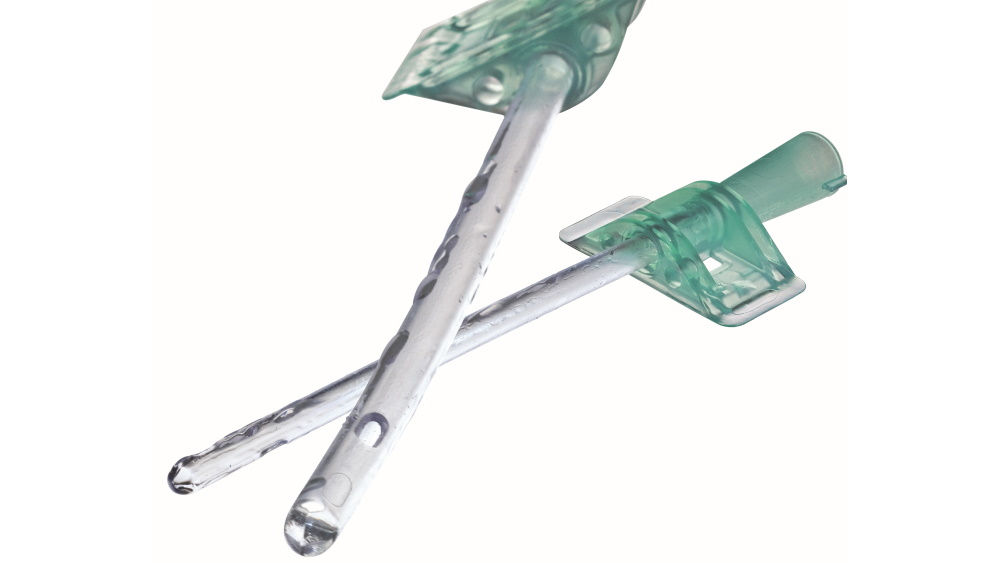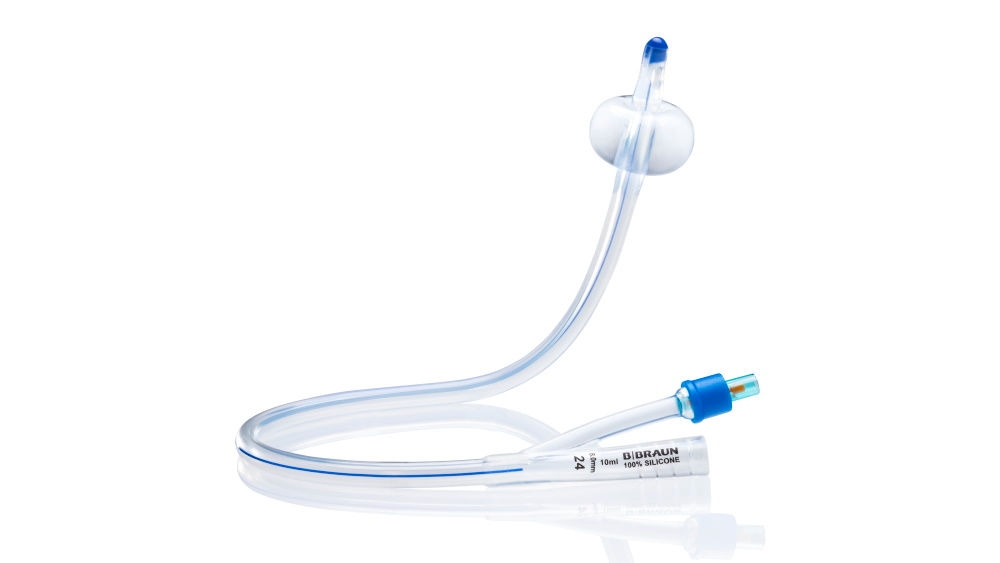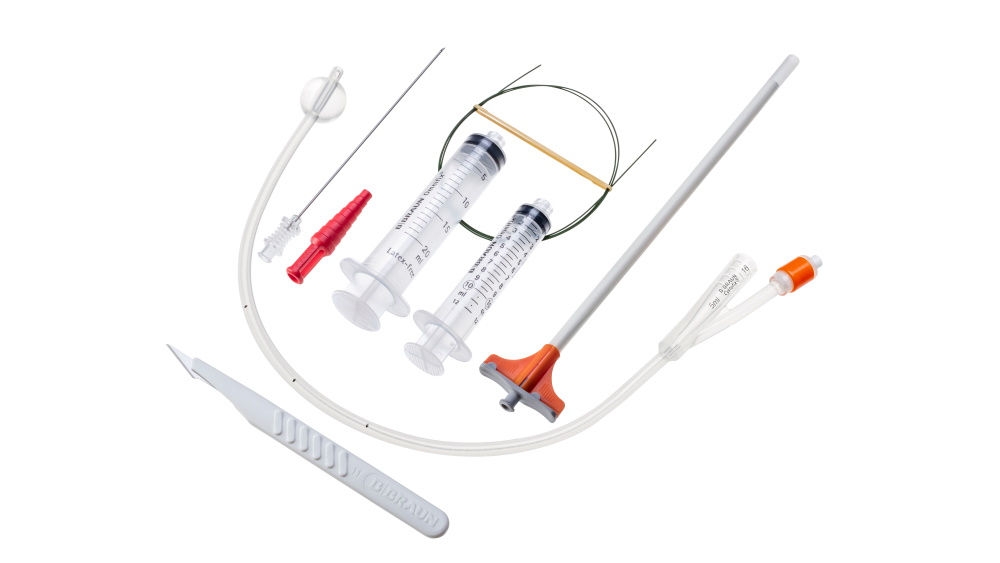No content results match your keyword.
Content
You have successfully logged out.
Not registered yet?
Methods of bladder emptying
There are many reasons why people cannot pass urine voluntarily. In many people, neurological control of the sphincter and the pelvic floor muscles can be impaired or even non-existent. The reasons for this can include spinal cord injury, multiple sclerosis, spina bifida, enlarged prostate, as a result of an operation or urethral stricture. The consequences: the urine either remains in the bladder or is emptied uncontrollably – in either case, a urinary catheter is necessary.
Intermittent catheterisation is the act of passing a small hollow tube (the catheter) into the bladder via the urethra, in order to drain urine and removing immediately afterwards when the drainage has ceased. It may be performed by the patient themselves (ISC -intermittent self catheterisation), or a carer, such as a family member or a healthcare professional (CIC- clean intermittent catheterisation).
This type of catheter is inserted through the urethra and fixed within the bladder with the balloon positioned at the vesical end of the catheter. It should be connected to a urine bag for continuous urine collection. This catheter can remain in place for days or weeks. However, indwelling catheters can anatomically and functionally harm the bladder because the catheter interferes with the normal filling and emptying function which is important to keep the bladder healthy. Moreover, permanent catheters are associated with a higher risk of urinary tract infection and should be used only when no other bladder management method is suitable.
In the third catheterisation method, the catheter is inserted through the abdominal wall instead of the urethra. This method is used, e.g. when the urethra is damaged or blocked, or after surgical interventions, in particular within a context of the urethra. Some wheelchair users or people who can't catheterise via the urethra find this method easier to manage.

The Actreen range is B Braun's solution for intermittent catheter users .
Intermittent catheterisation is the gold standard for bladder emptying in people with neurogenic bladder and should be used in preference to indwelling options, if it's clinically appropriate and a practical option for the patient.
People who perform self catheterisation with help from solutions such as Actreen benefit from greater patient autonomy, a lower risk of UTIs and improved quality of life compared to indwelling options.
Go to the Actreen® range
Uro-Tainer® catheter maintenance solutions help to prolong the life of indwelling catheters, such as Urimed Cath, by decolonising the catheter, reducing blockage or managing encrustration.

The first B. Braun Cystofix® range was launched more than 40 years ago. When suprapubic catheters are used, it is important to insert them as carefully as possible through the abdominal wall. Our Cystofix® SG system was developed to achieve this, with cannulae that have a diameter of only 1.3 millimeters.